Growing Chinese cabbage often comes with challenges: the vegetable is susceptible to attacks by crawling and flying insect pests, which can lead to dangerous diseases. Slugs, caterpillars, flea beetles, and aphids damage the leaves and stems, causing multiple diseases that are difficult to eliminate.
Table of contents
Diseases of Chinese Cabbage and How to Combat Them
Due to its short growing season and the fact that it is often consumed fresh, fighting diseases in Chinese cabbage can be difficult. Knowing their characteristics is key to preventing the spread of infection, stopping it early, or relying on preventive measures.
Bacterial Soft Rot (Slimy Rot)
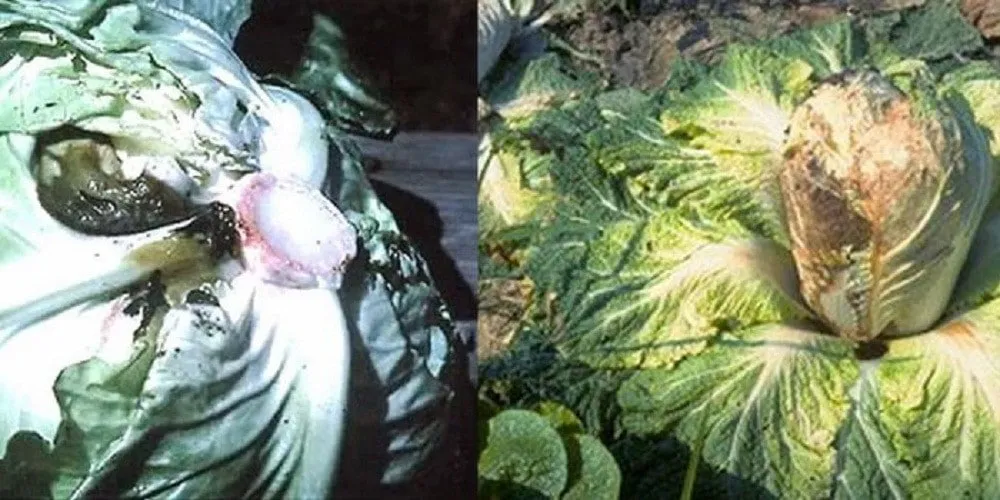
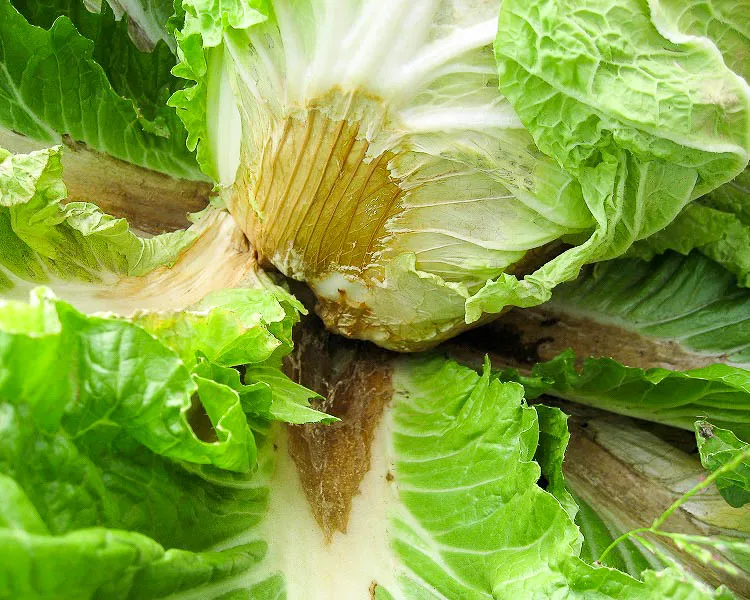
One of the most common diseases affecting Chinese cabbage during both growth and storage. The pathogens thrive on plant debris and in water sources. The disease spreads through rain and pests, entering the plant through micro-injuries. It proliferates at temperatures of +25…+30°C and humidity above 90%, particularly in heavy dew conditions.
The first signs appear during head formation. Outer leaves develop foul-smelling, rotting spots. The infection spreads rapidly, causing the cabbage to decay. Infected leaves detach from the stem, which softens, leading to plant death.
Bacterial soft rot starts in the core, turning it from white-green to gray, then brown. The stem weakens and breaks, causing the head to collapse and rot.
Important! The disease often manifests during storage if temperature conditions are not maintained properly.
Early-stage bacterial soft rot can be treated effectively. Biological fungicides can be applied at the base of the stem. In storage, temperatures should be reduced to 0…+1°C if rot is detected.
Black Rot (Vascular Bacteriosis)
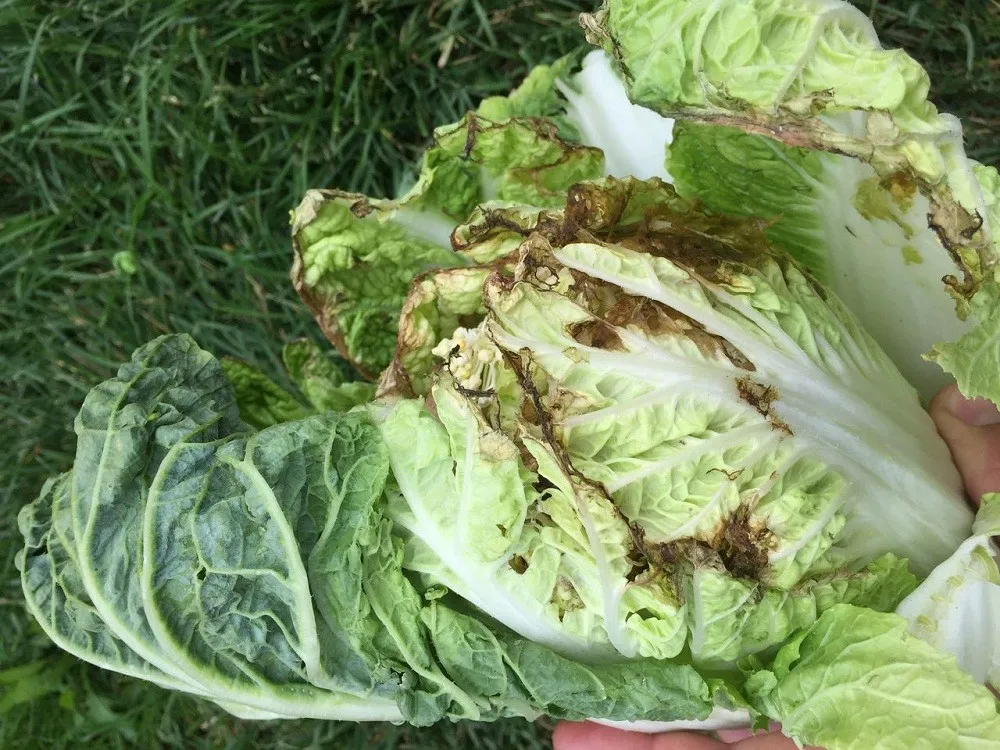
A bacterial disease that can appear at any growth stage. The pathogens infect seeds and overwinter on cruciferous plant debris. Hot days with cool nights create ideal conditions for the bacteria, which enter through leaf stomata, micro-injuries, or are spread by insects, rain, and wind.
Symptoms include yellowing leaf edges and blackened veins. Heads become stunted, loose, and smaller.
Prevention involves seed treatment, removing plant debris, crop rotation, weeding, and pest control. Early infections can be treated with antibacterial agents like "Timorex Gold" or "Serenade ASO."
Downy Mildew (Peronospora)
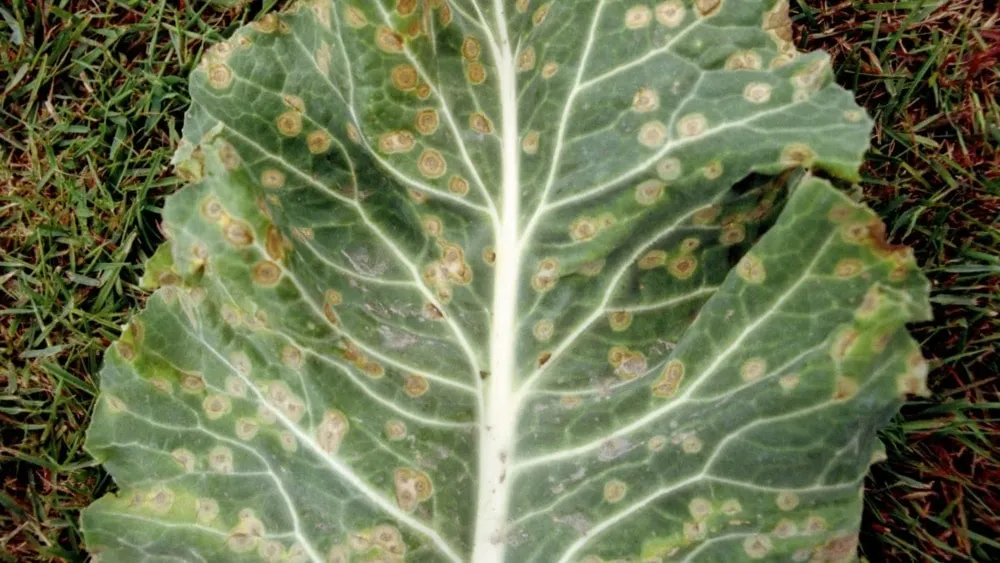
Primarily affects seedlings, though adult plants can also be infected. The pathogen spreads via wind and water in cool, damp conditions. At temperatures above +25°C, development slows.
Symptoms include fuzzy gray spots on leaves. Seedlings yellow and die, while mature plants lose their heads.
Prevention starts with seed disinfection using potassium permanganate. Infected seedlings can be treated with copper-based fungicides or dusted with sulfur or wood ash.
For adult plants, biological fungicides are recommended.
Damping-Off (Blackleg)
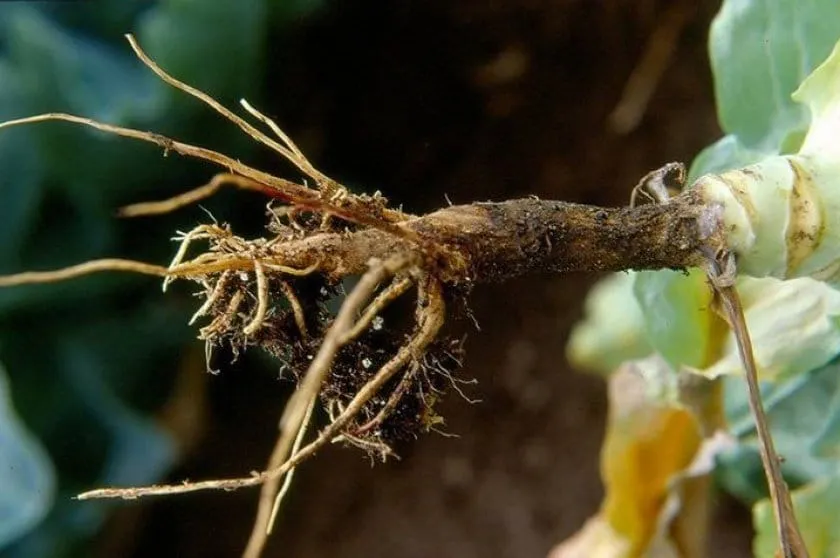
A common seedling disease causing stem rot or darkening at the base. Excess soil moisture triggers it, often killing young plants.
Prevention includes proper sowing, temperature control, ventilation, and moderate watering.
Remove infected plants immediately. Treat surviving seedlings with diluted potassium permanganate and withhold water for a week. Commercial fungicides can enhance prevention.
Clubroot
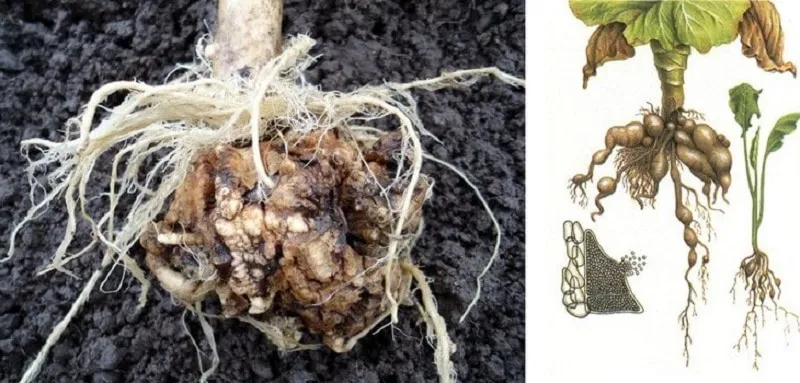
A soil-borne fungal disease that persists for up to 15 years. It attacks roots, forming galls. Early infections stunt head formation, while later infections produce loose, small heads.
Key symptom: lower leaves wilt in heat despite adequate watering.
Spread by water, soil insects, and earthworms. Disease progression halts below +18°C or in soils with less than 50% or over 98% humidity.
Important! Clubroot does not thrive in alkaline or neutral soils.
Prevention involves soil liming. Remove infected plants and treat soil with chlorinated lime. No chemical treatments are effective.
Gray Mold (Botrytis)
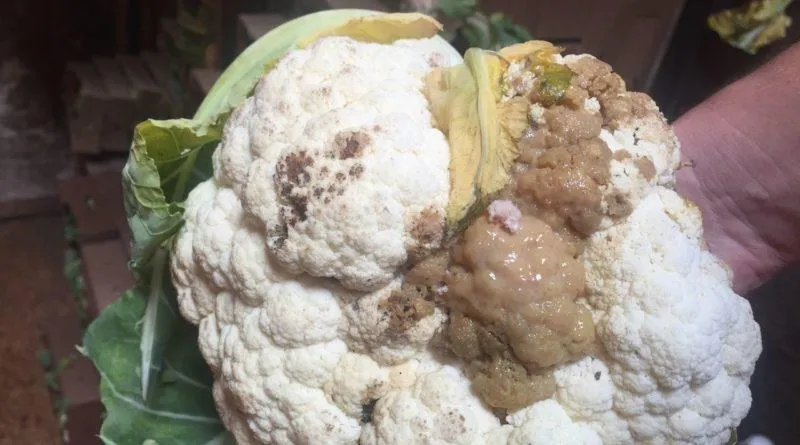
A fungal disease affecting damaged heads. Gray fuzzy mold appears on outer leaves, often in high humidity. Advanced cases produce a foul odor and slimy decay.
Prevent by disinfecting storage areas and maintaining proper storage conditions.
Pest Control Methods for Chinese Cabbage
Chinese cabbage attracts many pests. Prevention is easier than eradication once infestations occur.
Caterpillars
The Large White butterfly feeds on nectar and is harmless, but its larvae (green-yellow caterpillars up to 4 cm long) devour leaves, leaving only veins. Egg clusters are visible on leaf undersides. The larval stage lasts 10–40 days.
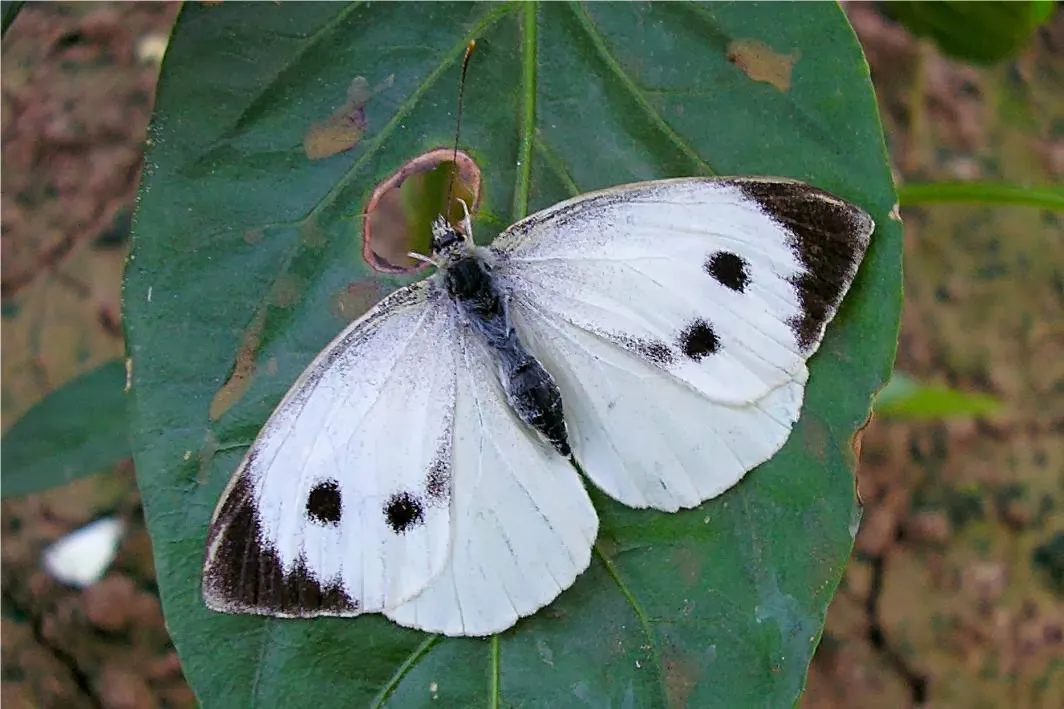
Prevent infestations by spraying seedlings with soap solution or wood ash. Severe cases may require chemical treatments.
Cabbage Root Flies (gray, 5–6 mm long) lay eggs on cabbage. The white larvae (up to 8 mm) burrow into roots and stems.
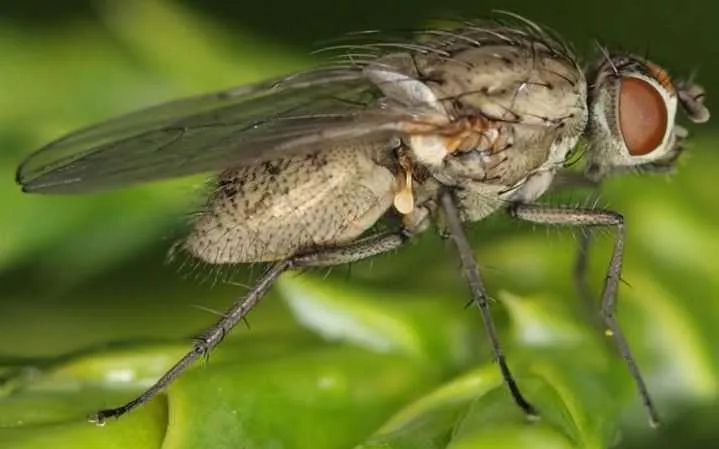
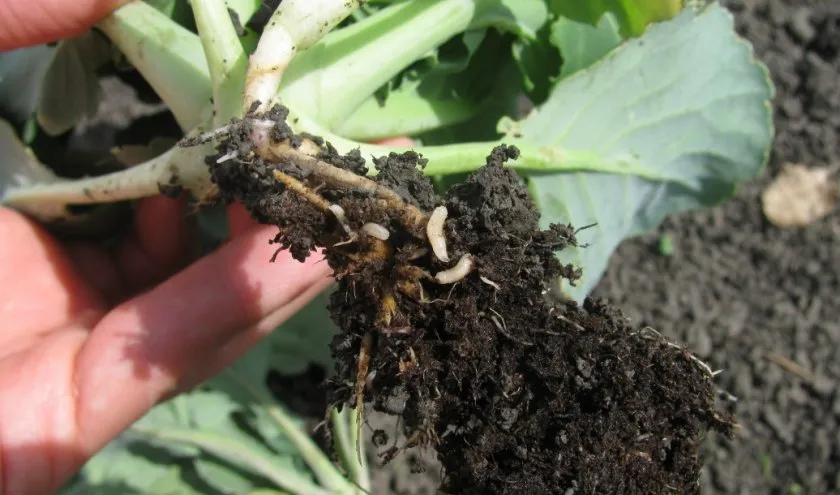
Note: There are spring and summer varieties, differing slightly in appearance and emergence times (April and June, respectively).
Control with soil-applied granular insecticides.
Cutworms (nocturnal moths) lay eggs on leaves. The larvae chew large holes in foliage.
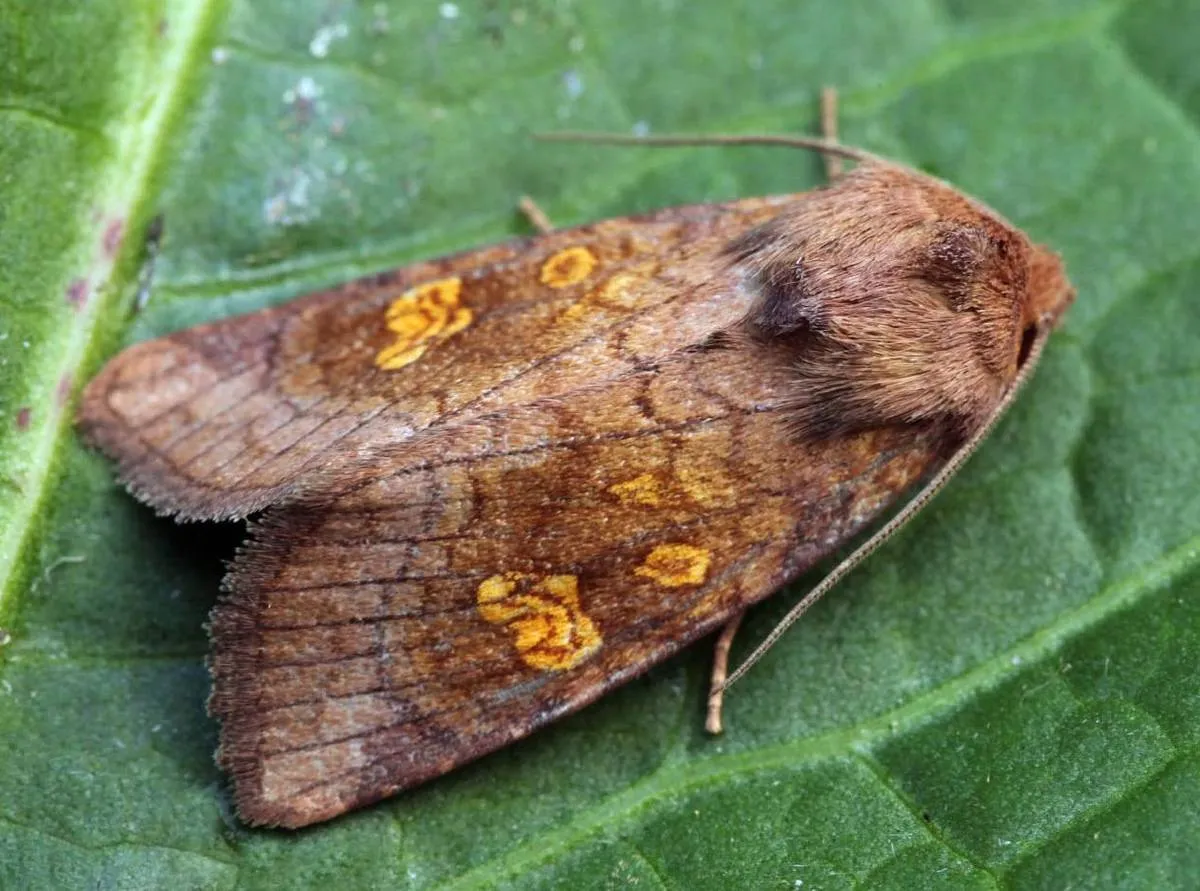
Plant dill nearby to attract natural predators. Spray with insecticides if needed.
Slugs
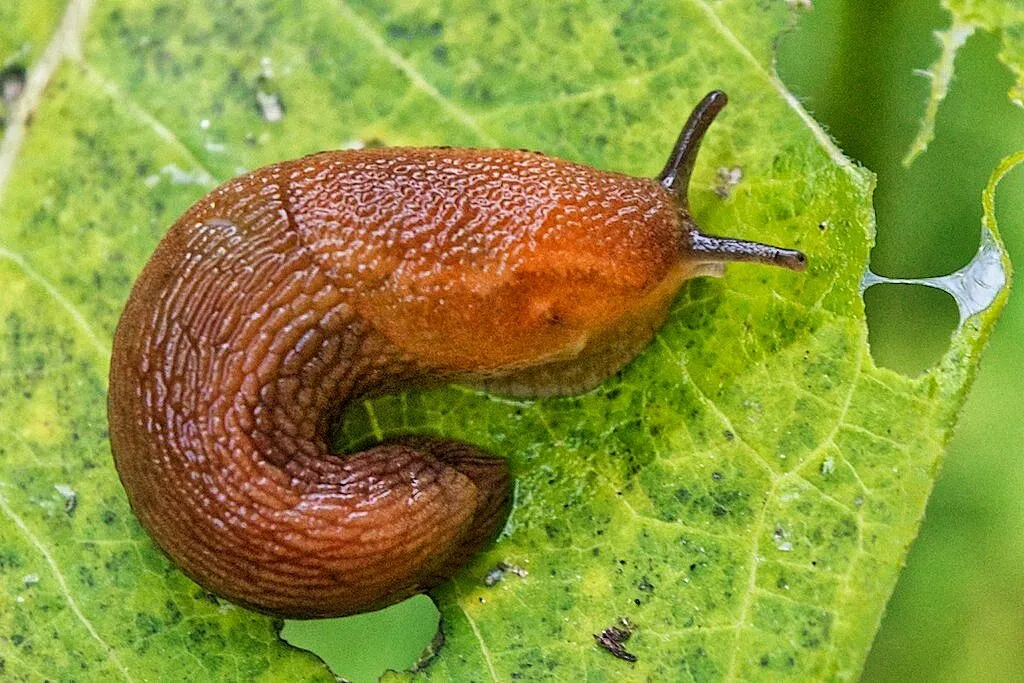
Highly destructive in damp weather, slugs chew leaves with their rasping mouthparts. They hide in cool, moist areas during the day.
Deter them with a mix of wood ash, red pepper, dry mustard, and salt. Trap them under boards or burdock leaves.
Chemical molluscicides are most effective.
Flea Beetles
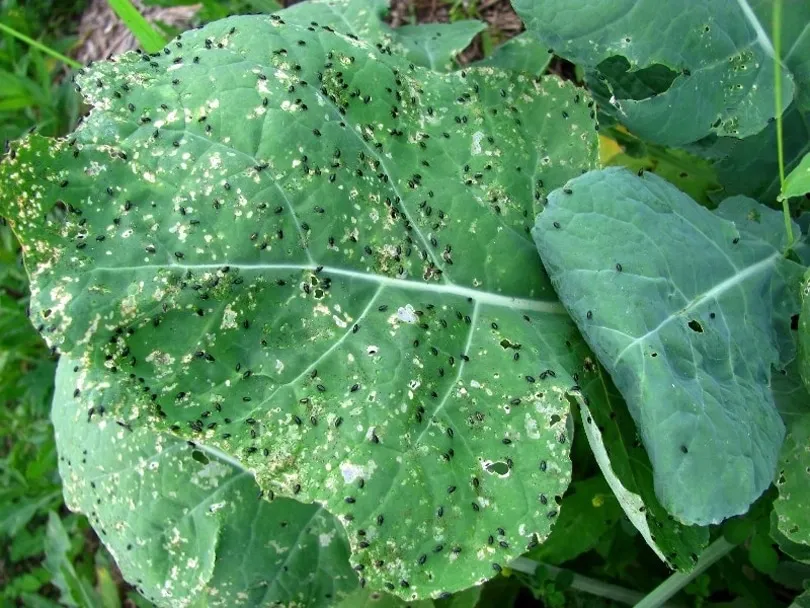
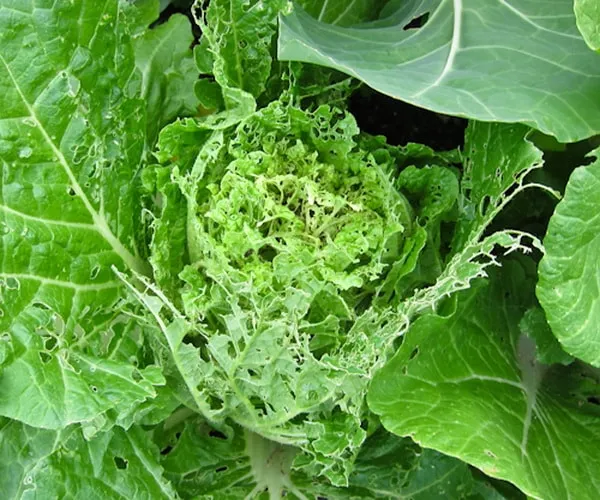
Tiny (3 mm) jumping beetles that eat leaves, preferring young plants. They create small holes, leading to plant desiccation.
Plant near garlic, tomatoes, or onions. Avoid planting after other crucifers. Weed regularly.
Dust plants with tobacco powder or wood ash. Use insecticides if necessary (apply at least 30 days before harvest).
Aphids
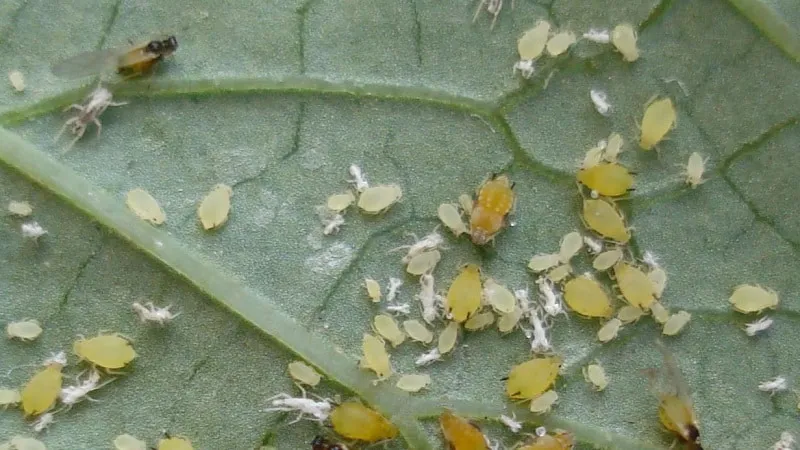
Small (2 mm), light-green, waxy-coated insects. Winged aphids reproduce rapidly, sucking sap and causing wilting and deformation.
Remove plant debris post-harvest. Plant carrots or dill nearby to attract predators.
Use insecticides for heavy infestations.
Conclusion
Managing pests and diseases is crucial for a healthy Chinese cabbage harvest. Early detection, preventive treatments, and prompt action are key to protecting your crop.







